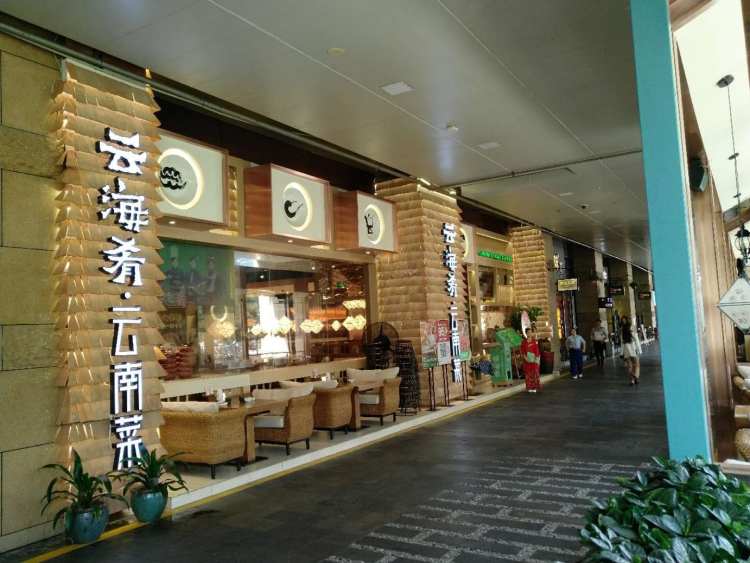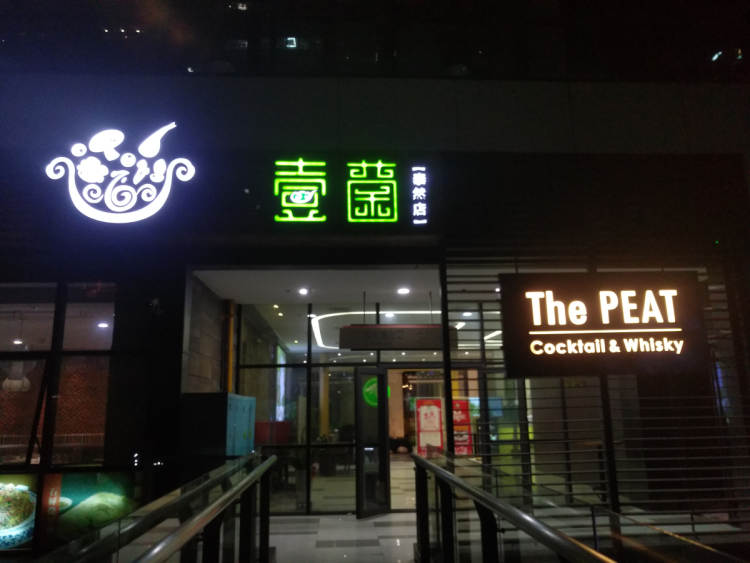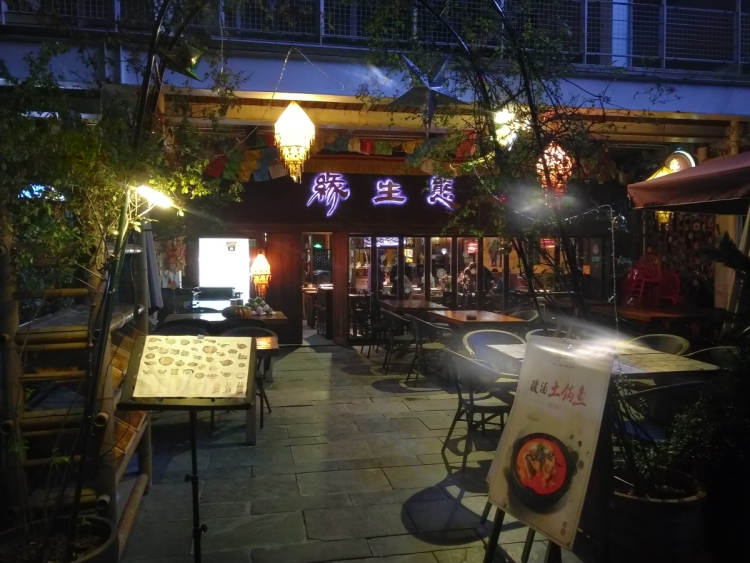Huanxi Yunnan cuisine (hereinafter referred to as Yang Jinma) was formerly known as Yang Jinma, only for Tibetan food, and the focus turned to Yunnan cuisine after being renovated in 2017. It is rumored on the Internet that its boss is singer Han Hong, so many people are attracted to it. But this is just a misunderstanding caused by the same name as the restaurant that Han Hong once opened in Beijing. It is also committed to creating "Yunnan cuisine on the Yunnan-Tibet line", and its style is more literary and fresh than the edge ecology.
Yang Jinma's dishes take a more high-end path, with a bit of curiosity. The yak quilt is a good main dish, and the stewed yak meat is covered with a strong dough cake, and the gravy is quite delicious. The tea-flavored matsutake mushroom is made of matsutake mushroom and the local old tree Pu'er "Moonlight White" in Yunnan, and the Pu'er tea leaves are thin and translucent after being fried, and the entrance is fragrant and slightly astringent; The matsutake mushroom is soft and tender, with a light cheese-like taste, which is refreshing when chewed and swallowed, and accompanied by tea tree leaves. But in some popular dishes, Yang Jinma seems to lack sincerity. For example, its cold rice noodles are made by soaking dried rice noodles in the supermarket in water, which is soft and chewy in the mouth, which is very different from authentic rice noodles, and its taste is also sweet.
In the final analysis, the biggest selling point of Yangjinma is its dining environment. The seats are simple wooden tables and chairs, with Tibetan-style colored stripes on the backrests. It is surrounded by rammed earth walls in warm tones. There are blue and white curtains hanging on the top, and the spotlights between the curtains emit a soft light, and the dots of line lights are interspersed next to it, giving people a very refreshing and romantic feeling.
Yang Jinma has been criticized for its price and service, and the taste of its dishes is not good enough to match its price. It not only incorporates the characteristics of Tibetan food, but also improves it according to the local taste of Shenzhen, and finally seems neither authentic nor delicious enough. The high cost may be reflected in the dining environment. Friends who value the atmosphere and atmosphere of dining may want to give it a try.








